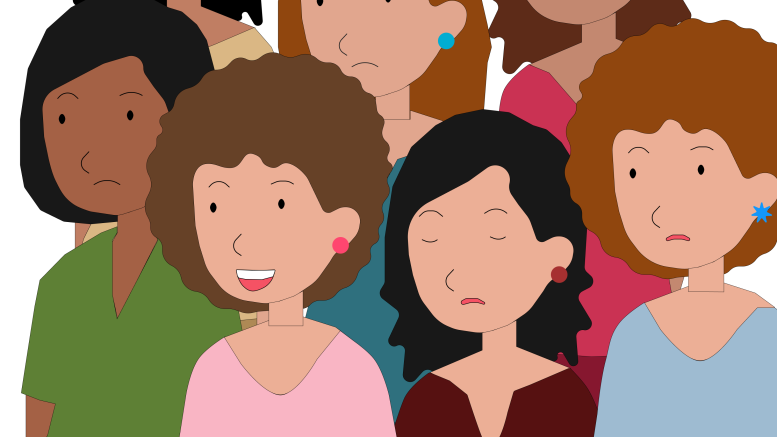A few months ago, after a long week of lectures and assignments, I wanted to decompress with a bunch of junk food and a great Netflix show. I walked to the Shoppers near my house and got a tub of ice cream and a few pecan pies. I knew I was going to have a great start to my weekend but when I walked up to the cashier, I immediately felt a sense of regret for not going to the self-checkout instead. I could already hear her thinking, “what a glutton” at my items, so I sheepishly placed them on the conveyor belt and looked down. Then I caught her wide smile as she said, “great combination.” All my anxiety evaporated as soon as she smiled at me. I immediately felt at ease and smiled back.
In an instant, I went from being anxious about how she would perceive me and worried about what to say, to feeling relaxed and even comfortable around her. I believe experiences like this are not specific to me, and that everyone has had at least one smile story throughout their lives.
This experience made me wonder how a gesture so seemingly small has such a significant impact on a person’s day. And after a bit of research on smiling, I learned a number of really cool facts.
In my opinion, the most interesting thing about a smile is that it engages mirror neurons. These are neurons in the brain that respond to both doing an action and seeing someone else do that action. So, seeing someone smile triggers a neuro pathway that gives you the same sensation as when you smile yourself. That’s why smiling is so infectious.
If you are having a terrible day, seeing someone smile can change your entire mood. When you see the smile, your brain releases all the chemicals associated with a “real” smile. Even if the positive emotion was not yours to begin with. Just by seeing a positive emotion around you, your brain can recreate one for yourself.
Smiling releases endorphins. These tiny molecules are freed by the brain and reduce stress. I like to imagine it like a fight in the brain — on one side is your adversary, the source of your stress, who makes himself seem much larger and scarier than he actually is. And on the other side your endorphins. The endorphins go up to the bad guy and knock him down a peg. They remind him that he is not that intimidating and while his shadow might be the size of a monster, he is actually the size of a bean.
Smiling also triggers the release of dopamine, the happiness hormone. People usually smile when they are happy and frown or pout when they are not. But smiling, even when you do not feel happy, can make you happy. Because the physical action of smiling causes the brain to release dopamine, you can literally trick your brain into being happy.
I know this may be a little bit far-fetched. I had a difficult time believing it myself, but I recommend you try it. If you are having a bad day or just feel sad for whatever reason, try putting on a big toothy smile for a few seconds and see how you feel afterwards.
Serotonin is next in the list of good hormones released when you smile or see a smile. According to studies, having low levels of serotonin can contribute to depression. The effect serotonin has on a person’s mood is also used in some antidepressants. Selective serotonin reuptake inhibitors (SSRIs), a type of antidepressant that functions by stopping the reuptake of serotonin so that more of it is available in the bloodstream.
So normally, after something makes us happy, serotonin is released, and after a while, it is taken out of the bloodstream. But SSRIs stop this from happening because more released serotonin has a good effect on our emotions.
I am not suggesting that smiling in any way functions as a “cure” or “solution” for depression. But if you are feeling more general feelings of sadness, smiling is a great way to convince your brain and body that you are happy, which in turn makes you happy.





